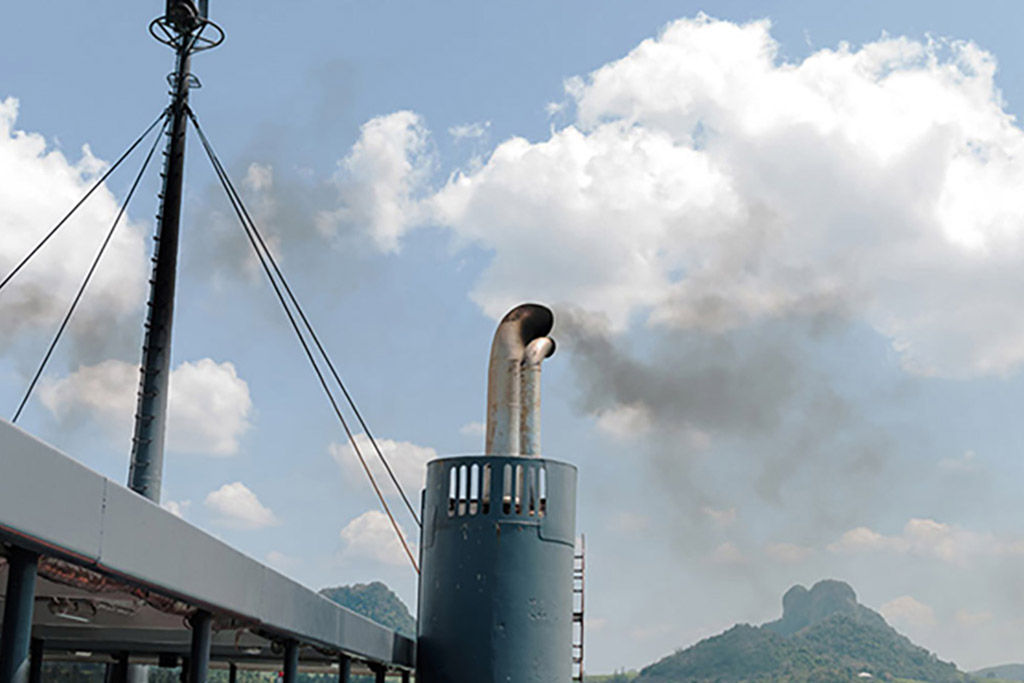With concerns about the fate of the imperiled oceans and waterways, the boating industry is looking into greener ways on how to do its part in saving the water while attracting some environmentally conscious customers. In fact, you can find several hybrid boats on the market. They are boats with lower emission ratings than the new vessel emissions standards.
Are boats with two-stroke engines banned?
They are not banned because the new emissions standards are based on actual emission levels. The latest standards reflect the current clean-burning engine technology.
Each new engine will have a label certifying that it complies with the latest regulations. It features from one to three stars. Three stars indicate the lowest level of emissions.
The latest standards’ goal is to prevent selling cheaper outboard motors that do not meet the strict emission standards. The new legislation will mean that new petrol onboard, and inboard engines are required to comply with the regulations.

The new law introduces standards that cover evaporative emissions. It requires boat manufacturers to include measures in dealing with tank and hose permeation. They are also mandated to take steps in preventing fuel spillage. It will include the use of low permeable fuel hoses, fuel expansion tanks, and carbon canister on the fuel line.
With the new vessel emissions standards, the cost of producing a boat will increase by around $150. Boat builders may also have to upgrade hulls so their boats can cater heavier clean engines, which are 25 percent heavier than two-stroke engines.
Hose
The new requirements require a hose to have a maximum permeation rate of 15g per square meter for 24 hours. Hoses from the fuel tank to your boat’s engines have to be replaced to meet the new requirements, especially if you are using older boats.
A complete fuel system inspection will also be conducted. The reality is that the majority of boaters do not inspect their vessel’s fuel system until they smell gasoline.
The new vessel emissions standards also require replacement of outboard fuel hoses, as well as primer bulbs. When you replace them, make sure that the hose is a fire-rated hose.
The standards may require some boat owners to replace their boat engines. However, with the latest standards, boat owners can expect to enjoy trouble-free service.
As long as you inspect fuel system annually and you do not use B-rated fuel hose in the engine compartment, your boat can last longer than you think.
